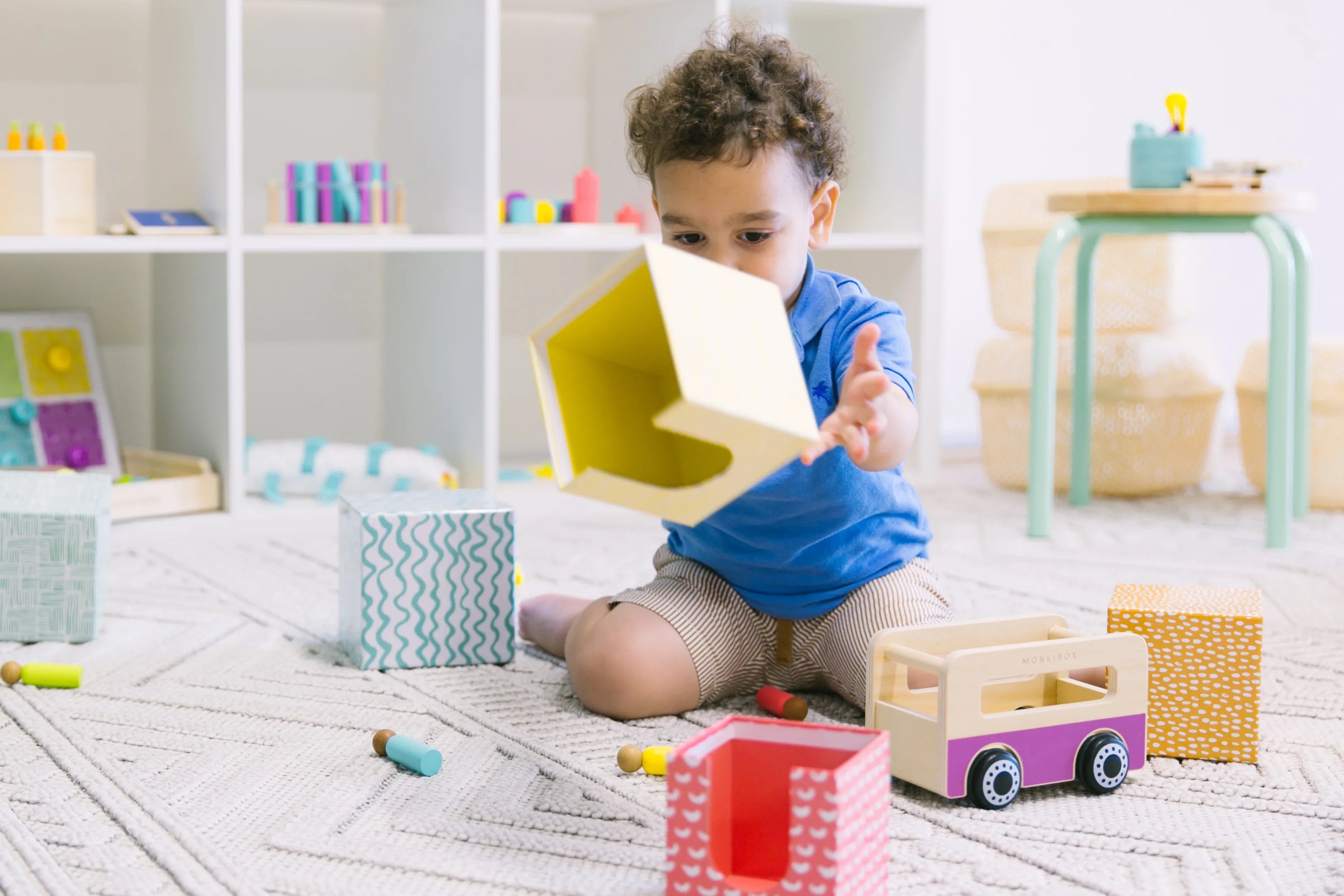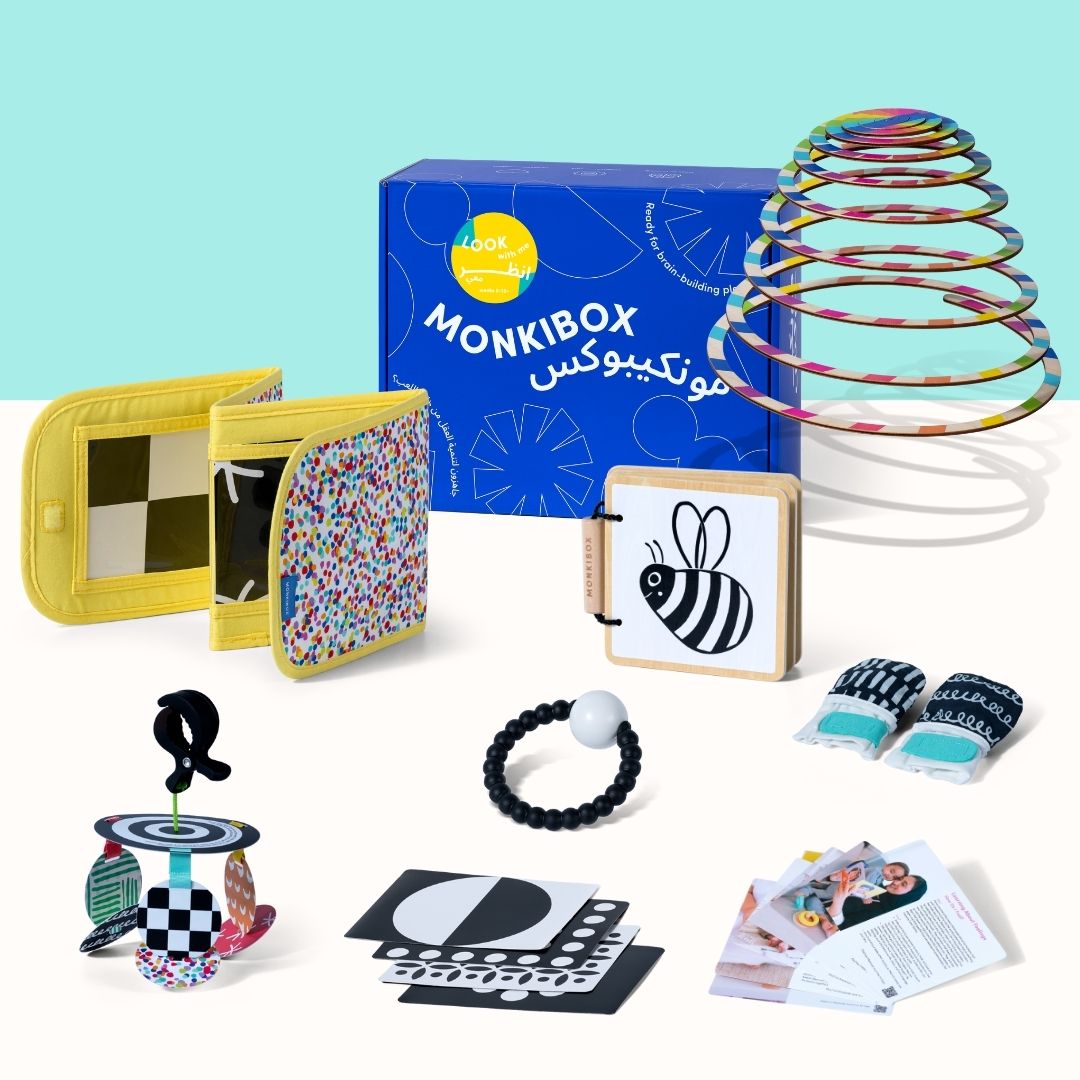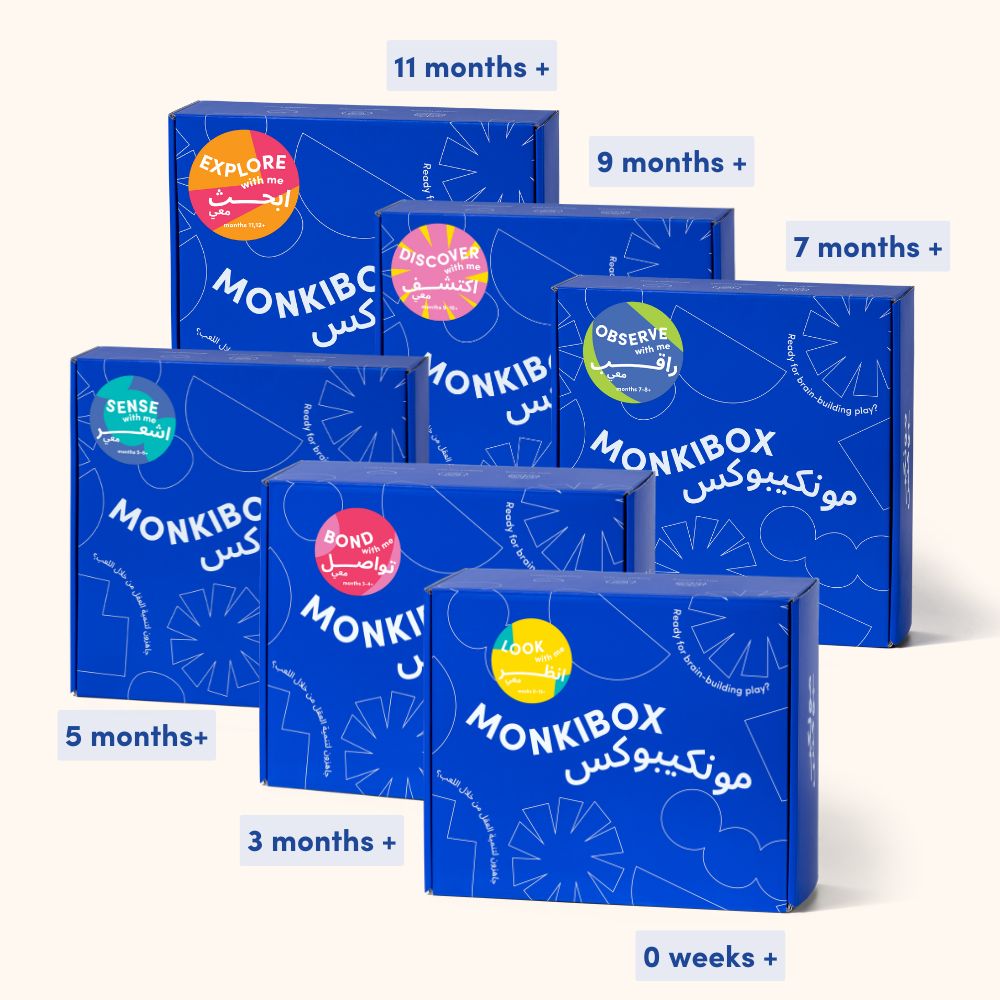في عالم التربية، مررنا جميعًا بلحظات يشارك فيها صغارنا فيما قد نسميه "لعبًا هدامًا". كما تعلمون، تلك الأوقات التي تُرمى فيها الألعاب، وتُفكك فيها الهياكل، ويبدو فيها الفضول بلا حدود.
فهم اللعب الهدام
يميل الأطفال إلى تجاوز الحدود باللعب الهدّام لأنه نهج عملي لفهم الخصائص الفيزيائية للأشياء. وإلى جانب الفضول، يمارس الأطفال هذا أيضًا للتعبير عن مشاعرهم أو لجذب الانتباه. من المهم أن نتذكر أن هذا النوع من اللعب جزء طبيعي من نموهم واستكشافهم.
نصائح لإدارة اللعب المدمر
1. التواصل وتحديد حدود واضحة
إذا كان طفلكِ يستخدم اللعب الهدّام، فحاولي تحديد الأسباب الكامنة وراء ذلك بسؤاله بهدوء عن المشكلة. قد يكون ذلك نتيجةً للملل أو الإحباط أو البحث عن الاهتمام. عبّري بوضوح عن توقعاتكِ قبل اللعب، وضعي حدودًا للسلوك المقبول. والأهم من ذلك، شجّعي التواصل اللفظي وابحثي عن حلول معًا.
2. سلوك إعادة التوجيه
عندما تلاحظ لعبًا هدامًا، حوّل انتباه الطفل إلى نشاط مختلف باقتراح طريقة بديلة للتعبير عن الإحباط أو الملل. حاول إشراك طفلك في أنشطة منظمة ومناسبة لعمره تُوجّه طاقته بشكل إيجابي، مثل الفنون والحرف اليدوية، والبناء، والأنشطة البدنية.
3. التنظيف معًا
شجّع طفلك على تحمّل المسؤولية بإشراكه في عملية التنظيف بعد اللعب. اجعل ذلك روتينًا إيجابيًا، مع التركيز على العمل الجماعي وأهمية العناية بمساحة لعبه.
اللعب الهدّام جزءٌ طبيعيٌّ من تعلم طفلكِ واستكشافه. بوضع حدودٍ واضحة، وإعادة توجيه سلوكه، وإشراكه في التنظيف، يُمكنكِ تحويل هذه اللحظات إلى فرصٍ للنمو والتعلّم.





